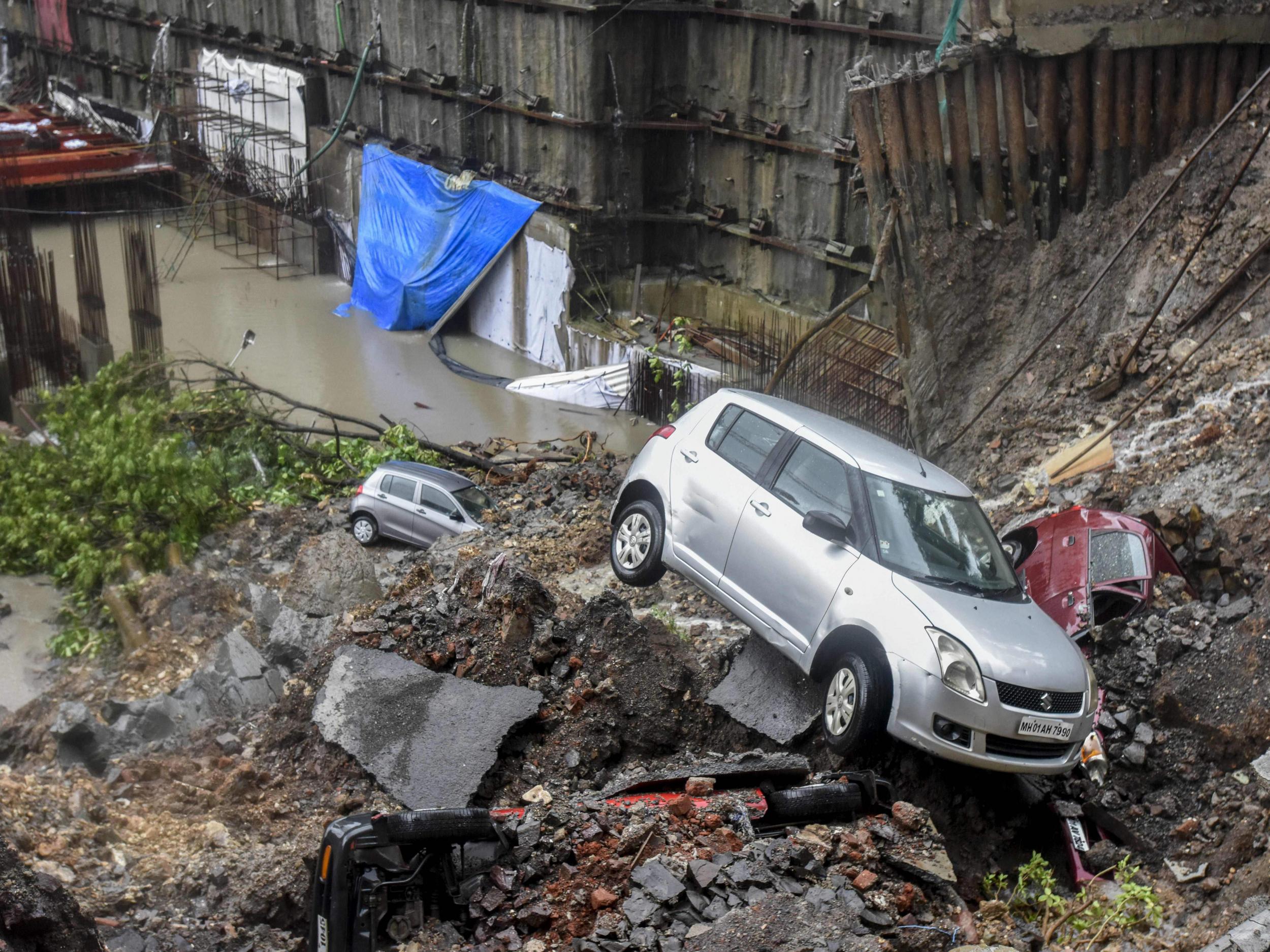Illegal human activities triggering hundreds of deadly landslides
Many events caused by illicit mining and ‘hillcutting’ are ‘entirely preventable’, scientists say

The number of deadly landslides around the world is on the rise, and illicit human activities could be to blame.
Scientists at the University of Sheffield have painstakingly analysed years of reports and have warned that official records are “significantly underestimating” the impact of landslides.
Around 4,800 fatal landslides took place over the 13-year period studied by the team, of which over 700 were linked in some way to human activity.
The problem was most pronounced in Asia, with nations like India, Pakistan and Myanmar topping the rankings for nations in which human-triggered landslides are increasing fastest.
In total, these disasters claimed the lives of more than 50,000 people between 2004 and 2016, with the majority of deaths recorded in poor regions.
The triggers for these landslides are often unregulated and illegal activities, such as mining and removing material from hillsides for use in construction.
The researchers behind the study, published in the journal Natural Hazards and Earth System Sciences, said these events were “entirely preventable” and urged more focus on prevention of these natural disasters.
“We were aware that humans are placing increasing pressure on their local environment,” said Dr Melanie Froude, lead author of the study.
“But it was surprising to find clear trends within the database that fatal landslides triggered by construction, illegal hillcutting and illegal mining were increasing globally.”
Hillcutting is the practice of illegally removing materials from hill slopes to build houses. The researchers found several incidences of children caught in landslides while collecting coloured clay for use in religious celebrations.
“Educating communities who undertake this practice on how to do it safely will save lives,” said Dr Froude.
In Himalayan regions in Nepal and India, many of the deadly events were triggered by road construction sites in rural areas, while in China the majority took place on urban building sites.
“The prevalence of landslides in these settings suggests that regulations to protect workers and the public are insufficient or are not being sufficiently enforced,” explained Dr Froude.

“In the case of roads, maintaining safety during construction is difficult when it is economically unviable to completely shut roads because alternative routes involve substantial 100 mile-plus detours.”
Their work also confirmed the findings of past studies that nearly 80 per cent of landslides are triggered by intense rainfall. One such example was the Kedarnath landslide of 2013 in India, which caused over 5,000 deaths.
The scientists arrived at their conclusions after sifting through online English-language media reports and checking them against government and aid agency articles, academic studies or through personal communication.
To prevent future tragedies, they said appropriate regulation and enforcement must be introduced to guide engineering and education in areas that are most at risk.
Join our commenting forum
Join thought-provoking conversations, follow other Independent readers and see their replies
Comments
Bookmark popover
Removed from bookmarks